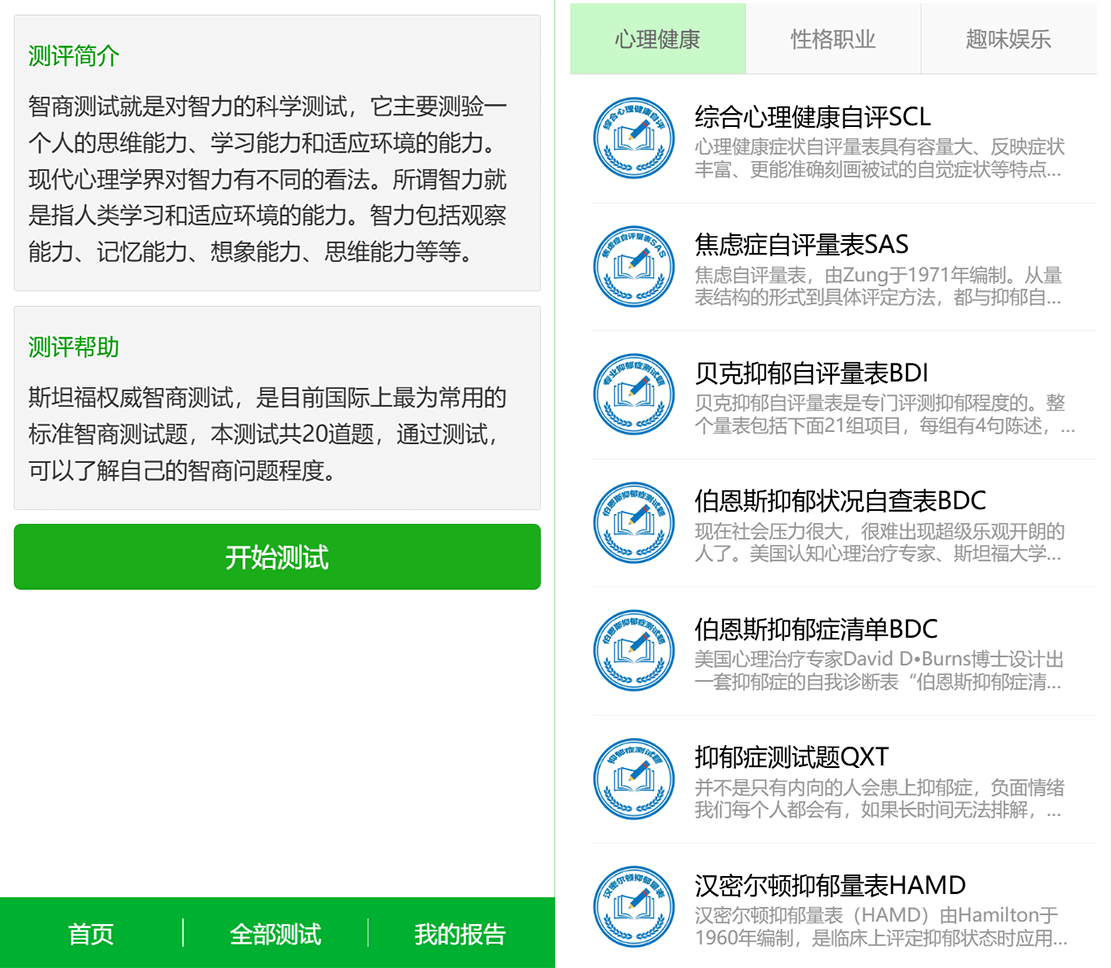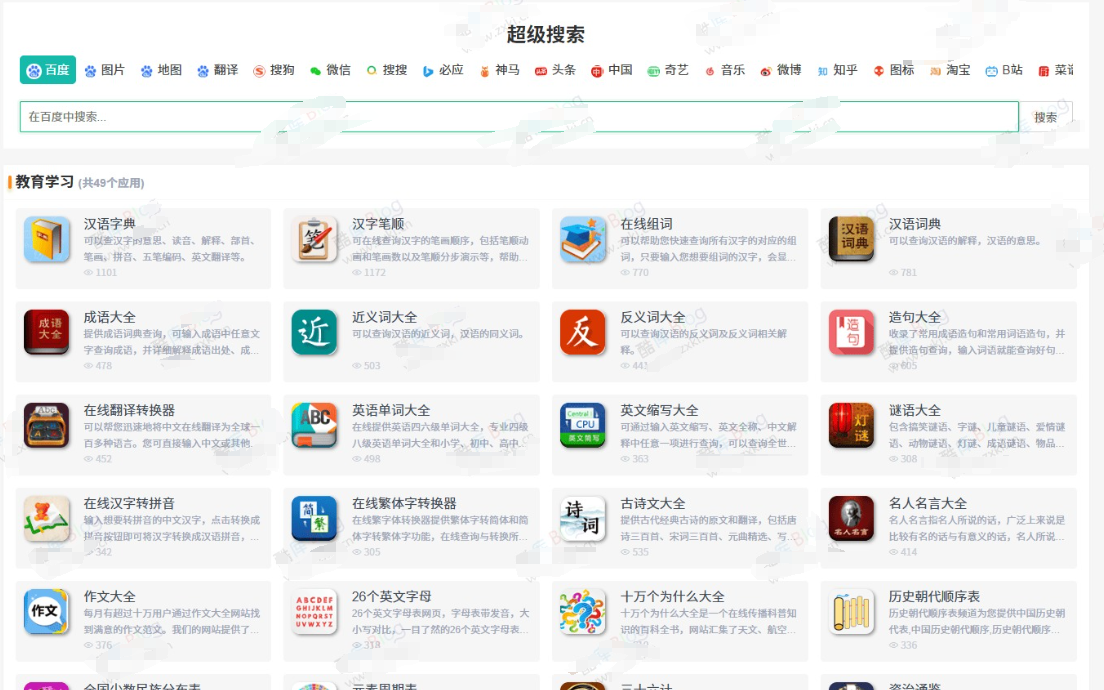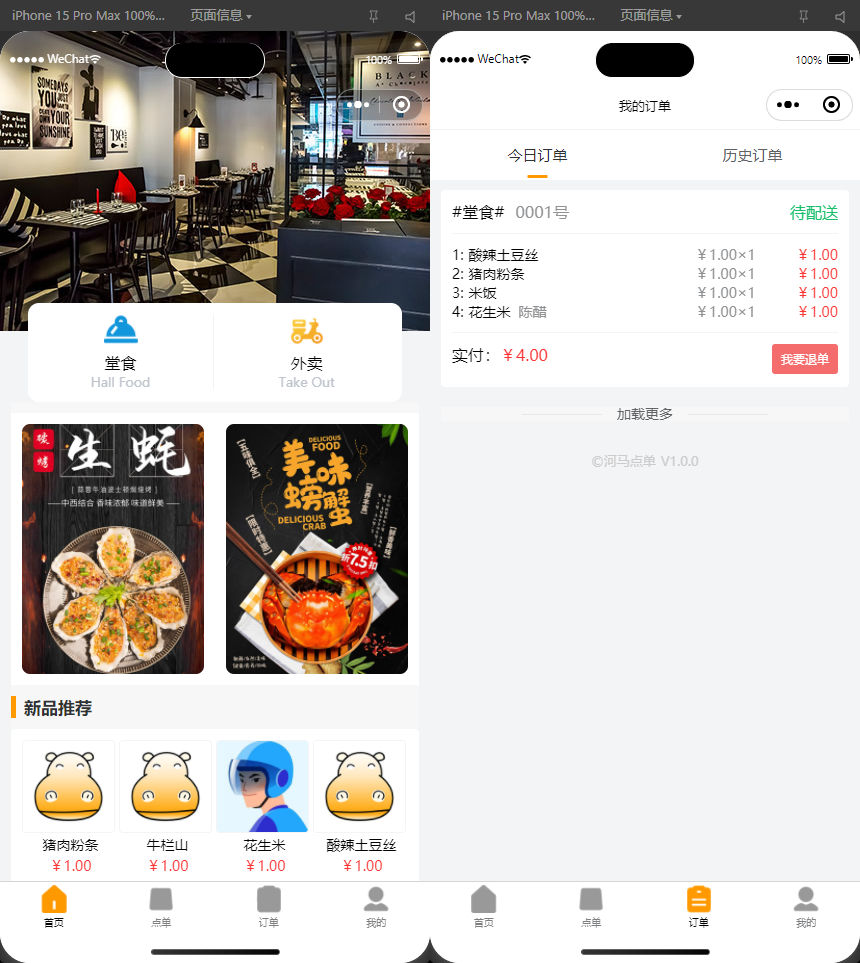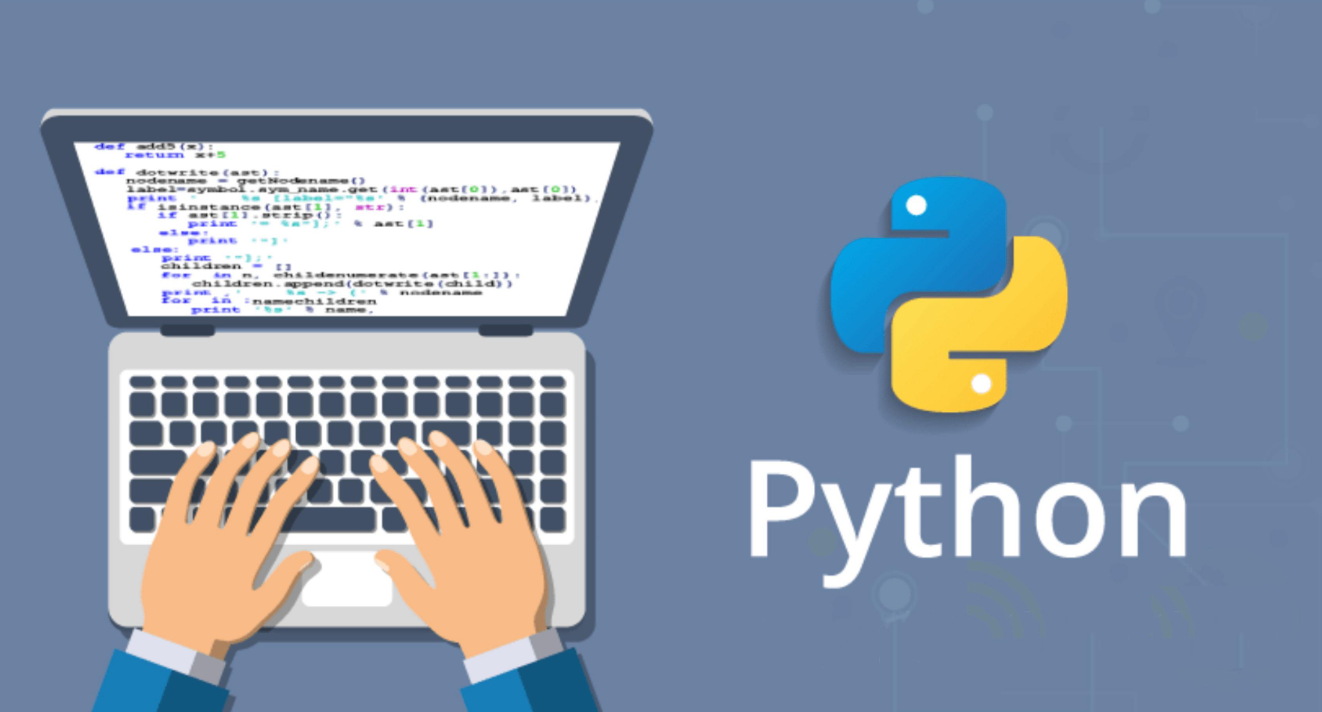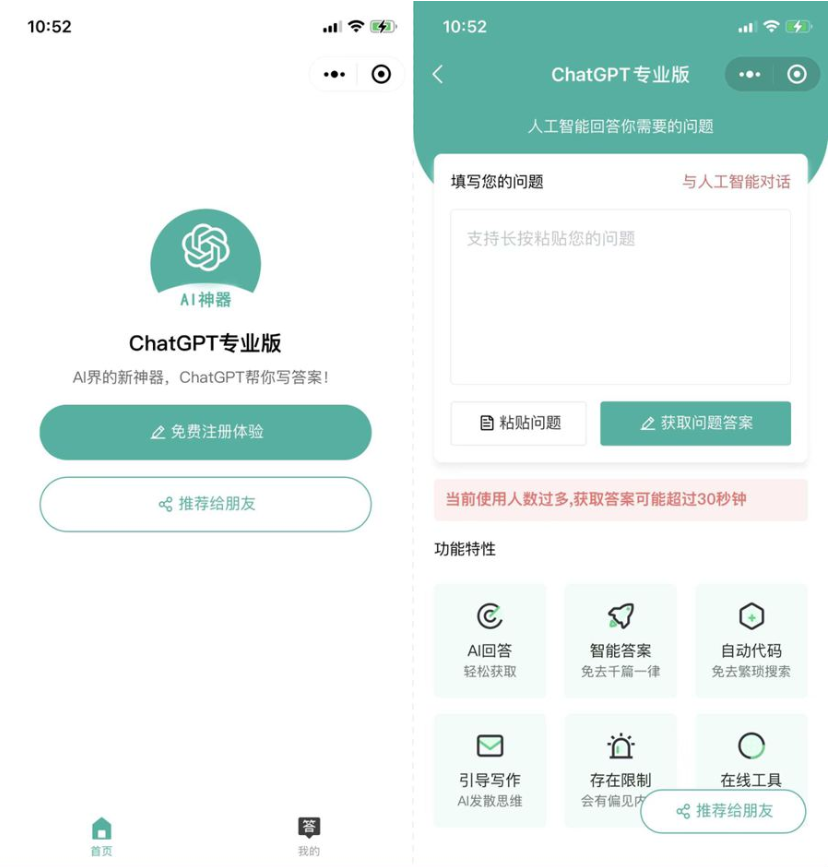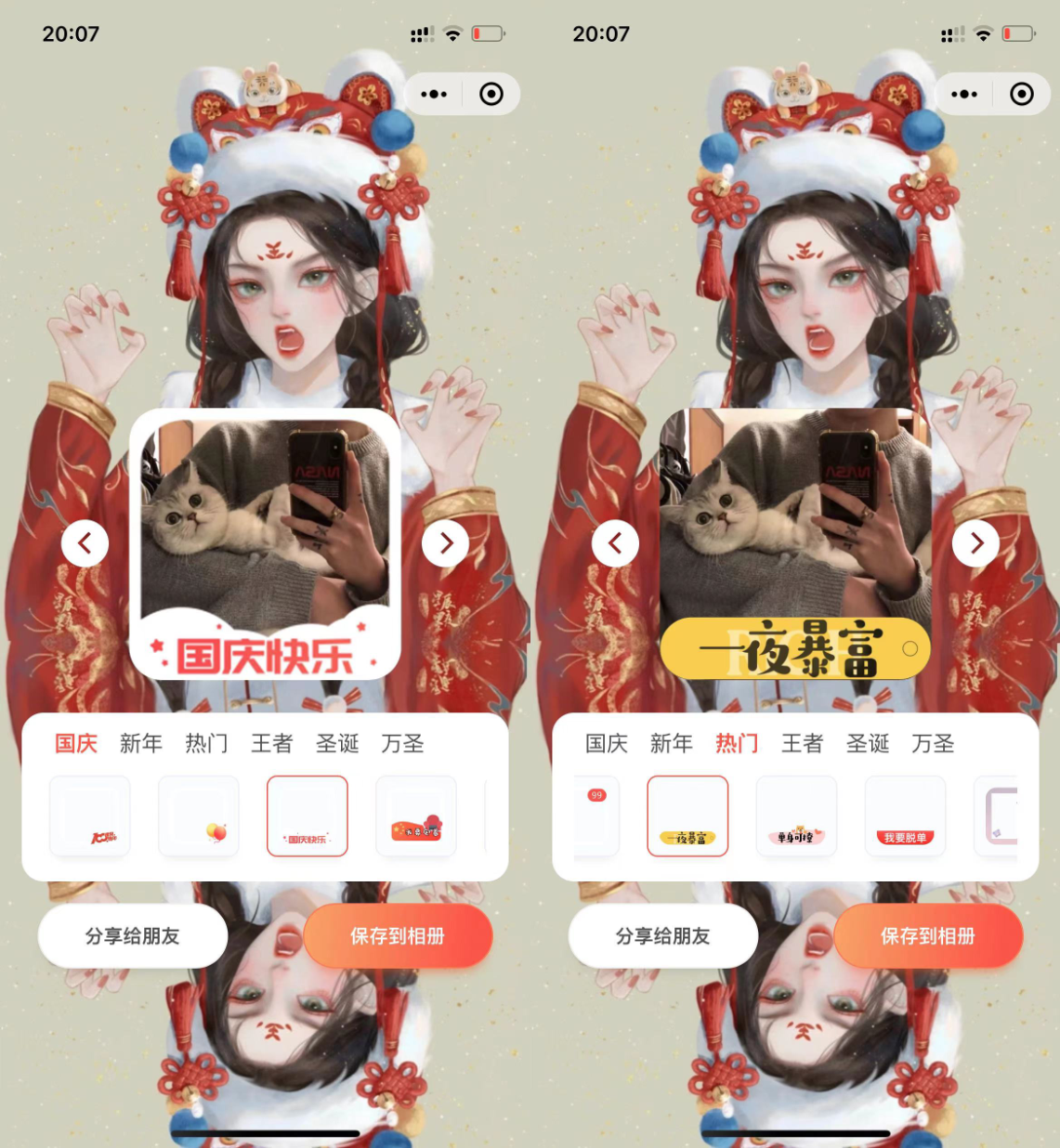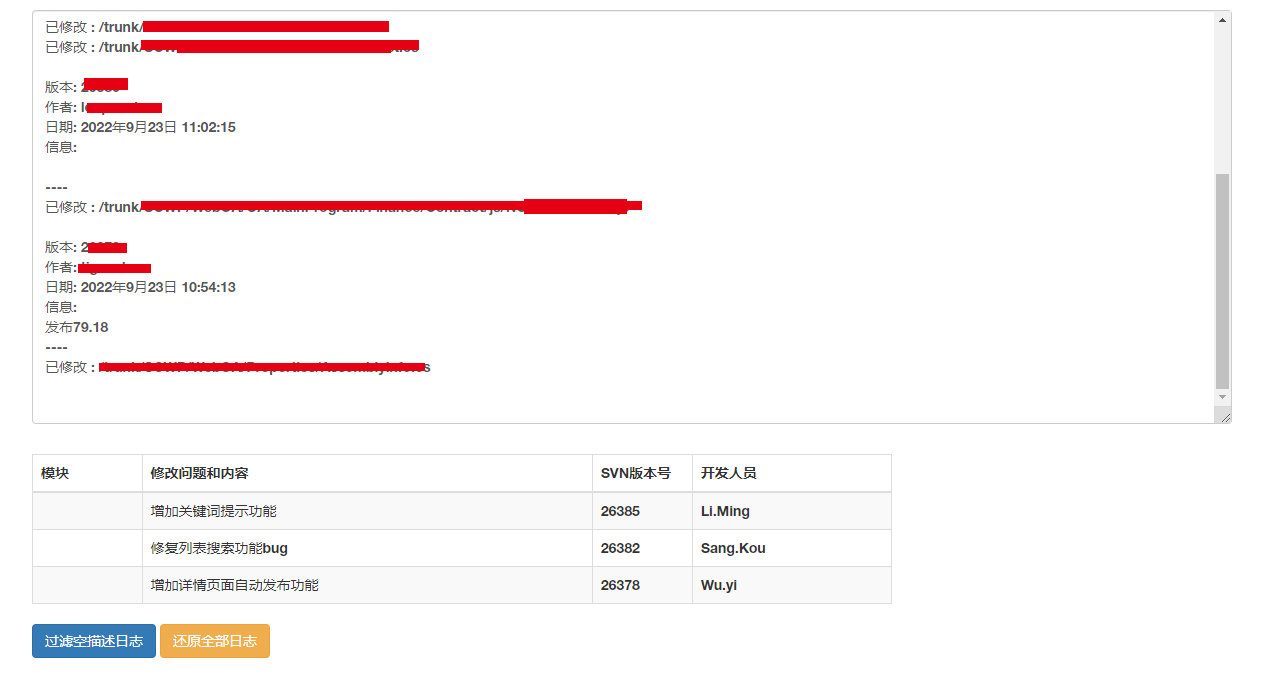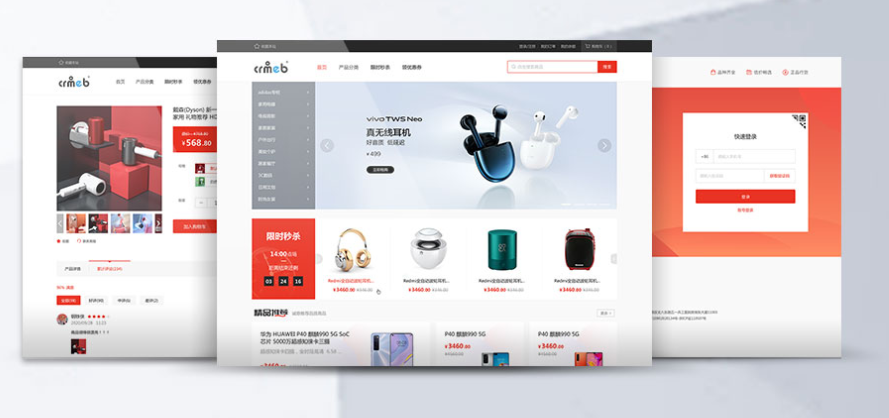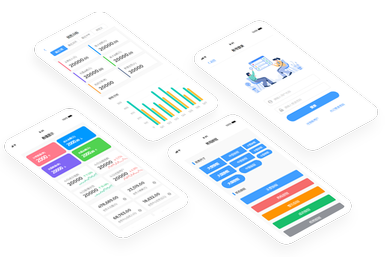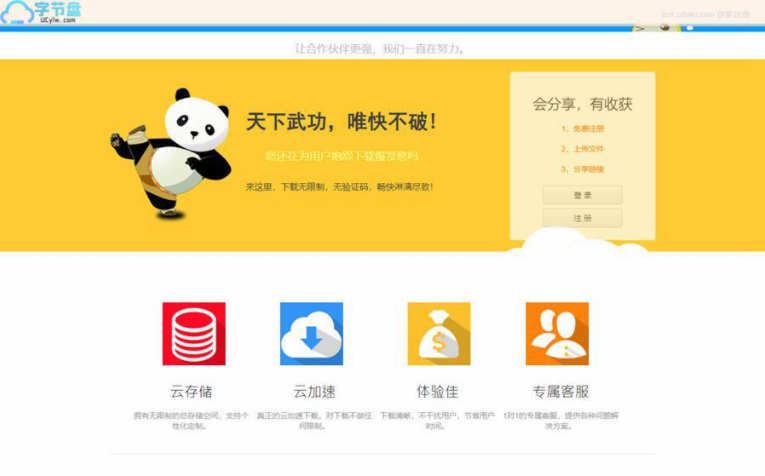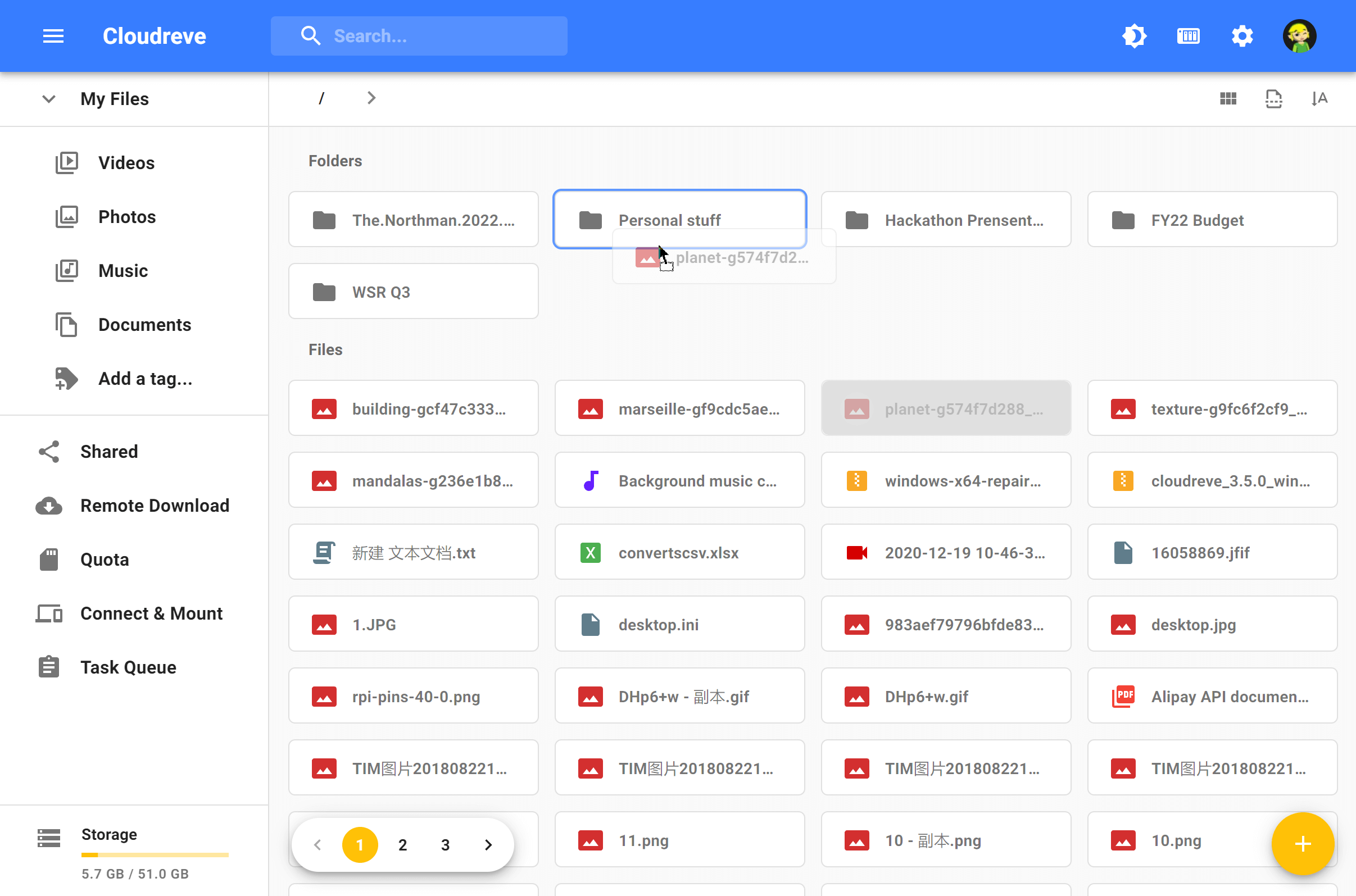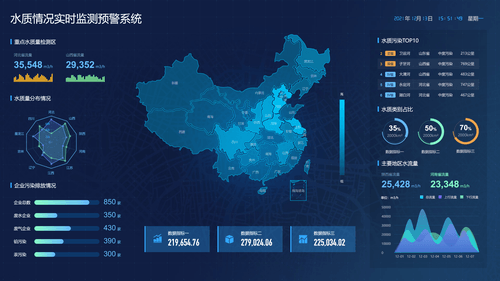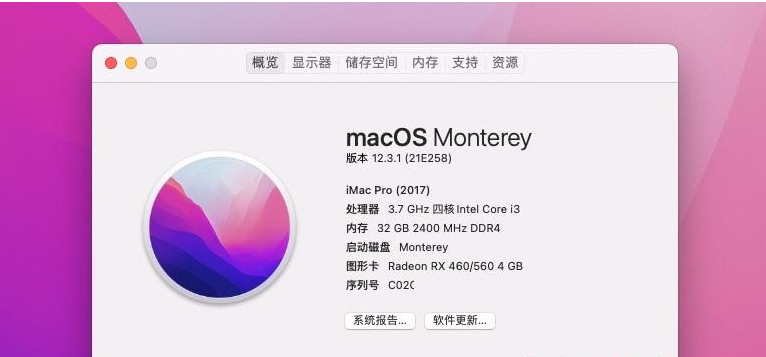这是一款效果非常酷的jQuery和css3全屏翻页切换页面特效插件。该插件是在BookBlock可预览的css3+js翻书效果的基础上,添加了侧边栏,和前后翻页按钮制作而成的。在插件中我们还集成了 jScrollPane 用来自定义滚动条元素。
下面的jQuery插件将在该插件中被使用:
HTML结构
.container作为wrapper。在里面,使用一个div .menu-panel作为侧边栏。“书本”使用.bb-custom-wrapper包裹起来。
<div id="container" class="container">
<div class="menu-panel">
<h3>Table of Contents</h3>
<ul id="menu-toc" class="menu-toc">
<li class="menu-toc-current"><a href="#item1">Self-destruction</a></li>
<li><a href="#item2">Why we die</a></li>
<li><a href="#item3">The honeymoon</a></li>
<li><a href="#item4">A drawing joke</a></li>
<li><a href="#item5">Commencing practice</a></li>
</ul>
</div>
<div class="bb-custom-wrapper">
<div id="bb-bookblock" class="bb-bookblock">
<div class="bb-item" id="item1">
<div class="content">
<div class="scroller">
<h2>Self-destruction</h2>
<p>...</p>
</div>
</div><!-- /content -->
</div><!-- /bb-item -->
<div class="bb-item" id="item2"><!-- ... --></div>
<div class="bb-item" id="item3"><!-- ... --></div>
<div class="bb-item" id="item4"><!-- ... --></div>
<div class="bb-item" id="item5"><!-- ... --></div>
</div><!-- /bb-bookblock -->
<nav>
<a id="bb-nav-prev" href="#">←</a>
<a id="bb-nav-next" href="#">→</a>
</nav>
<span id="tblcontents" class="menu-button">Table of Contents</span>
</div><!-- /bb-custom-wrapper -->
</div><!-- /container -->
JAVASCRIPT
我们需要指定每次翻页之后,当前项的index和jScrollPane 的状态,这些通过onEndFlip 在BookBlock的回调中指定:
var $container = $( '#container' ),
// the element we will apply the BookBlock plugin to
$bookBlock = $( '#bb-bookblock' ),
// the BookBlock items (bb-item)
$items = $bookBlock.children(),
// index of the current item
current = 0,
// initialize the BookBlock
bb = $( '#bb-bookblock' ).bookblock( {
speed : 800,
perspective : 2000,
shadowSides : 0.8,
shadowFlip : 0.4,
// after each flip...
onEndFlip : function(old, page, isLimit) {
// update the current value
current = page;
// update the selected item of the table of contents (TOC)
updateTOC();
// show and/or hide the navigation arrows
updateNavigation( isLimit );
// initialize the jScrollPane on the content div for the new item
setJSP( 'init' );
// destroy jScrollPane on the content div for the old item
setJSP( 'destroy', old );
}
} ),
// the navigation arrows
$navNext = $( '#bb-nav-next' ),
$navPrev = $( '#bb-nav-prev' ).hide(),
// the table of content items
$menuItems = $container.find( 'ul.menu-toc > li' ),
// button to open the TOC
$tblcontents = $( '#tblcontents' ),
transEndEventNames = {
'WebkitTransition': 'webkitTransitionEnd',
'MozTransition': 'transitionend',
'OTransition': 'oTransitionEnd',
'msTransition': 'MSTransitionEnd',
'transition': 'transitionend'
},
// transition event name
transEndEventName = transEndEventNames[Modernizr.prefixed('transition')],
// check if transitions are supported
supportTransitions = Modernizr.csstransitions;
在元素初始化时为它们绑定一些事件,同时我们需要初始化jScrollPane 的当前项。
function init() {
// initialize jScrollPane on the content div of the first item
setJSP( 'init' );
initEvents();
}
因为我们最终需要初始化和销毁jScrollPane,因此,可以定义一个函数来做这些事情。
function setJSP( action, idx ) {
var idx = idx === undefined ? current : idx,
$content = $items.eq( idx ).children( 'div.content' ),
apiJSP = $content.data( 'jsp' );
if( action === 'init' && apiJSP === undefined ) {
$content.jScrollPane({verticalGutter : 0, hideFocus : true });
}
else if( action === 'reinit' && apiJSP !== undefined ) {
apiJSP.reinitialise();
}
else if( action === 'destroy' && apiJSP !== undefined ) {
apiJSP.destroy();
}
}
我们需要绑定一些事件:
- 1、当我们点击前后翻页导航按钮时,我们需要调用BookBlock的next() 和 prev()方法。
- 2、当我们点击侧边栏按钮时,侧边栏将被显示/隐藏。
- 3、当我们点击侧边栏选项时,将调用BookBlock的jump()方法。
- 4、jScrollPane将在窗口变化时被重置。
function initEvents() {
// add navigation events
$navNext.on( 'click', function() {
bb.next();
return false;
} );
$navPrev.on( 'click', function() {
bb.prev();
return false;
} );
// add swipe events
$items.on( {
'swipeleft' : function( event ) {
if( $container.data( 'opened' ) ) {
return false;
}
bb.next();
return false;
},
'swiperight' : function( event ) {
if( $container.data( 'opened' ) ) {
return false;
}
bb.prev();
return false;
}
} );
// show TOC
$tblcontents.on( 'click', toggleTOC );
// click a menu item
$menuItems.on( 'click', function() {
var $el = $( this ),
idx = $el.index(),
jump = function() {
bb.jump( idx + 1 );
};
current !== idx ? closeTOC( jump ) : closeTOC();
return false;
} );
// reinit jScrollPane on window resize
$( window ).on( 'debouncedresize', function() {
// reinitialise jScrollPane on the content div
setJSP( 'reinit' );
} );
}
前后翻页导航按钮的可见性将依赖与当前页面。如果我们是在第一页,则向前翻页导航按钮不可见。如果是在最后一页,则向后翻页导航按钮不可见。
function updateNavigation( isLastPage ) {
if( current === 0 ) {
$navNext.show();
$navPrev.hide();
}
else if( isLastPage ) {
$navNext.hide();
$navPrev.show();
}
else {
$navNext.show();
$navPrev.show();
}
}
当我们打开侧边栏时,要隐藏前后翻页导航按钮,关闭侧边栏时在重新显示它们。
我们将使用CSS transition来制作侧边栏的动画效果。如果浏览器不支持CSS transition,那么这里只是简单的显示和隐藏侧边栏菜单。
function toggleTOC() {
var opened = $container.data( 'opened' );
opened ? closeTOC() : openTOC();
}
function openTOC() {
$navNext.hide();
$navPrev.hide();
$container.addClass( 'slideRight' ).data( 'opened', true );
}
function closeTOC( callback ) {
$navNext.show();
$navPrev.show();
$container.removeClass( 'slideRight' ).data( 'opened', false );
if( callback ) {
if( supportTransitions ) {
$container.on( transEndEventName, function() {
$( this ).off( transEndEventName );
callback.call();
} );
}
else {
callback.call();
}
}
}
版权声明
文章来源: https://www.uihtm.com/jquery/8543.html
版权说明:仅限用于学习和研究目的;不得将上述内容用于商业或者非法用途,否则,一切后果请用户自负。我们非常重视版权问题,如有侵权请邮件(44784009#qq.com)与我们联系处理。敬请谅解!




